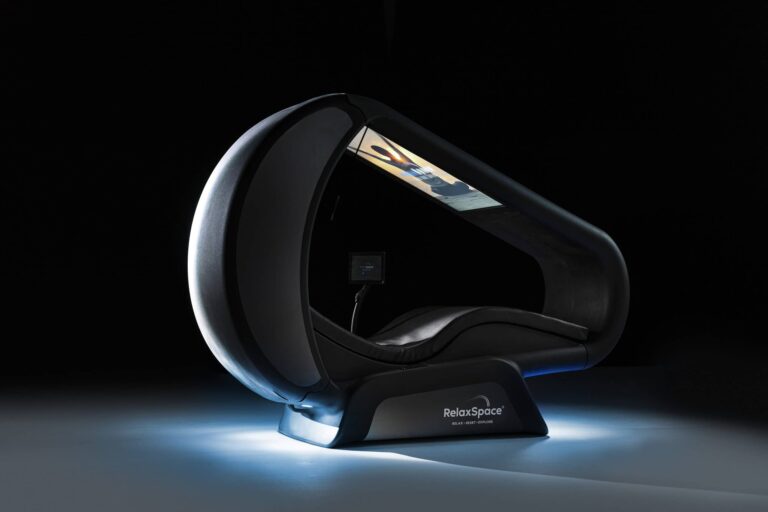Early Warning Signs of Bed Sores and How to Prevent Them

Pressure ulcers, often referred to as bed sores, are a frequent concern for individuals with restricted mobility. They occur when sustained pressure on the skin reduces blood flow to specific areas, leading to tissue damage. Bed sores can lead to infections, discomfort, and serious health complications if left untreated.
Recognizing the early signs of bed sores is crucial for effective prevention and treatment. For caregivers and family members, understanding the risk factors and taking proactive measures can significantly improve an individual’s quality of life. This guide will help you identify early warning signs of bed sores and implement practical steps to prevent them.
Identifying Bed Sores
Early detection of bed sores can make a significant difference in preventing their progression. The first stage of bed sores, known as stage 1 bed sores, typically presents as redness or discoloration on the skin that does not fade when pressed. The affected area may feel warmer or cooler than the surrounding skin and can be tender to the touch. Unlike more advanced stages, these bed sores do not involve open wounds.
It’s important to check high-pressure areas of the body regularly, especially for bedridden or wheelchair-bound individuals. These areas include the hips, lower back, elbows, heels, and shoulders. Noticing and addressing these early signs can prevent further tissue damage and discomfort.
If you observe any of these symptoms, take immediate steps to relieve pressure on the affected area. Consult a healthcare professional for guidance on treatment options and strategies to avoid worsening the condition.
Common Areas Prone to Bed Sores
Certain parts of the body are more vulnerable to bed sores due to prolonged pressure or friction. These areas often come into contact with surfaces like mattresses, chairs, or wheelchairs. Knowing where bed sores are most likely to develop can help you focus on prevention efforts.
Common high-risk areas include:
- Heels and ankles: These areas often rest directly on the bed or footrest, making them susceptible to pressure sores.
- Hips and lower back: Prolonged sitting or lying in one position can put significant pressure on these areas.
- Elbows and shoulders: Frequent contact with hard surfaces or poor positioning can increase the risk of sores here.
- Tailbone and buttocks: These areas bear weight when sitting or lying down for extended periods.
Inspect these areas regularly for any signs of redness, irritation, or tenderness. Frequent checks allow for early intervention, reducing the likelihood of sores developing further.
Monitoring Skin for Changes
Daily skin checks are essential for individuals at risk of developing bed sores. Small changes in the skin’s appearance or texture can be early indicators of pressure ulcers, and catching these signs early can prevent complications.
When examining the skin, look for:
- Redness or discoloration that doesn’t fade when pressed.
- Swelling or sensitivity in specific areas.
- Changes in skin texture, such as dryness or thinning.
Gently run your fingers over the skin to feel for areas that are unusually warm, cool, or firm. Pay attention to any complaints of discomfort, as this may indicate underlying issues. Keeping a log of these observations can help track changes over time and guide necessary adjustments in care routines.
The Role of Proper Positioning
Proper positioning plays a critical role in preventing bed sores. Prolonged pressure on the same areas of the body restricts blood flow, leading to tissue damage. Regularly changing positions helps alleviate pressure and promotes healthy circulation.
Repositioning every two hours is recommended for bedridden individuals. Use pillows, cushions, or foam wedges to support the body and distribute weight evenly. Shifting weight every 15 to 30 minutes can help reduce pressure on key areas like the hips and tailbone for wheelchair users.
Positioning aids, such as adjustable beds or pressure-relief cushions, can make repositioning easier and more effective. Encourage individuals to move as much as possible within their abilities, as even small movements can improve circulation and reduce the risk of sores.
Importance of Hydration and Nutrition
Proper hydration and nutrition are essential for maintaining healthy skin and preventing bed sores. Dehydrated skin is more prone to cracking and damage, while poor nutrition can weaken the body’s ability to heal and fight infections. A balanced diet rich in protein, vitamins, and minerals supports skin integrity and overall health.
Encourage a diet that includes lean proteins, fruits, vegetables, and whole grains. Nutrients like Vitamin C, zinc, and iron are particularly beneficial for promoting skin repair and preventing tissue breakdown. Ensuring the individual drinks plenty of water throughout the day can also help keep their skin hydrated and resilient.
Using Supportive Surfaces
Pressure-relieving surfaces are a crucial tool in preventing bed sores. Specialized mattresses, cushions, and overlays help distribute weight evenly, reducing pressure on vulnerable areas. These surfaces are especially important for individuals who are unable to reposition themselves frequently.
Air mattresses, memory foam pads, and gel cushions are examples of supportive surfaces that can minimize the risk of sores. Ensure the chosen surface fits the individual’s needs and is compatible with their bed or chair. Regularly check these aids for signs of wear to maintain their effectiveness.
In conclusion, recognizing and addressing the early warning signs of bed sores is critical for maintaining the health and comfort of elderly individuals. By identifying bed sores, regularly inspecting vulnerable areas, and taking steps such as proper positioning and hydration, you can significantly reduce the risk of complications. Supportive surfaces and education for caregivers further enhance the effectiveness of prevention efforts.
With a proactive approach, caregivers and families can create a safe and nurturing environment that promotes wellness and quality of life. Preventing bed sores requires consistent attention, but the benefits of avoiding discomfort and improving overall well-being make it worthwhile.


